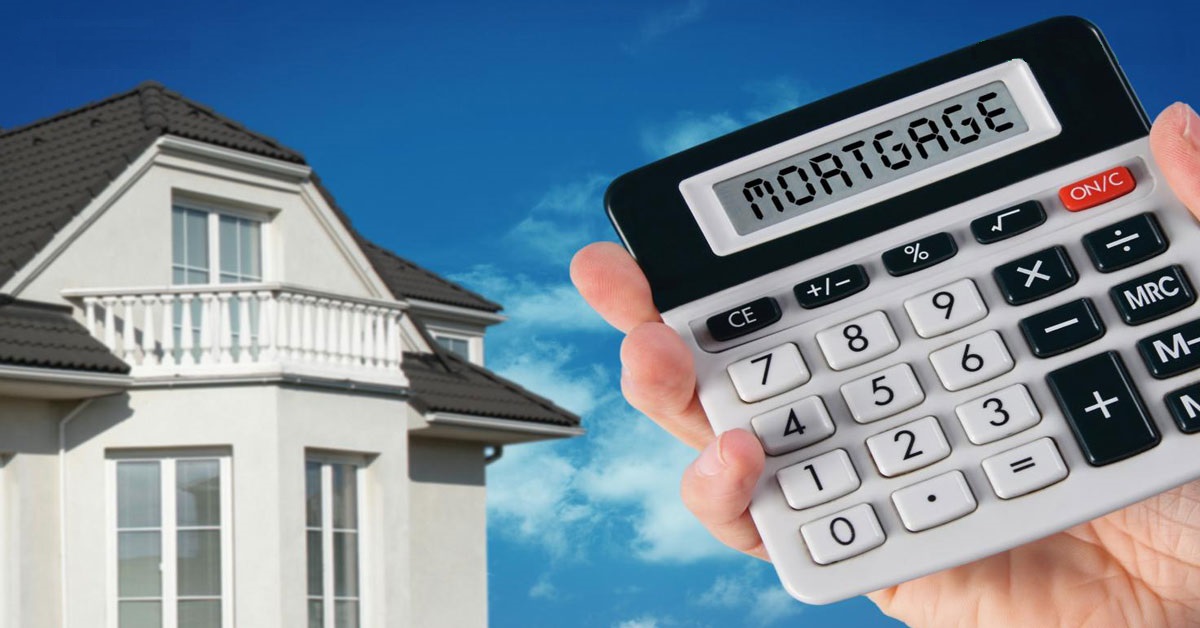 Real estate valuation for single family homes is typically done by using comparable sales. With income properties this just doesn’t work well. Imagine if you are looking at a 24-unit building. It would be difficult to find similar ones nearby that have recently sold.
Real estate valuation for single family homes is typically done by using comparable sales. With income properties this just doesn’t work well. Imagine if you are looking at a 24-unit building. It would be difficult to find similar ones nearby that have recently sold.
It’s also not ideal to use replacement costs for income property appraisal. How do you figure replacement cost if there is no land for sale nearby with proper zoning? This is used as a secondary method, though, and can tell you if maybe you should be building instead of buying.
Real Estate Valuation By Cap Rate
Income properties are bought for the income. Income, then, is what is used to determine value. The rate of return investors in a given area expect gives you the capitalization rate, or “cap rate” for the area. This is what you use to accurately appraise an income property. Below is a somewhat simplified explanation.
The process begins with the gross income of a property. You then subtract all expenses, but not loan payments. For example, if a building’s gross income is $82,000 per year, and the expenses $30,000, you have a net (before debt-service) of $52,000. You then apply the capitalization rate to this figure.
Suppose the acceptable cap rate in the area is .10, for example (ask a real estate agent), meaning investors expect a return of 10% on the value of the property. You simply divide the income of $52,000 by .10. $520,000, then, is the indicated value of the building. Suppose the usual rate is .08, meaning investors in the area expect an 8% return. Then the value would be $650,000.
Easy Real Estate Valuation
Take net income before debt-service, and divide by the “cap rate:” It’s a simple formula. However, the tough part is getting accurate income figures. Did the seller show you ALL the normal expenses? Did he and exaggerate the income? Suppose he stopped repairs for a year, and also showed you the “projected” rents. In that case, the income figure could be $15,000 too high. The building would be worth $187,000 less (.08 cap rate) than your appraisal shows.
One thing smart investors do when buying, is to separate out income from vending machines and laundry machines. If these provided $6,000 of the income, that income would add $75,000 to the appraised value (.08 cap rate). Instead, do the appraisal without this income included, then add back the replacement cost of the machines (probably much less than $75,000) to arrive at a valuation.
Of course, you should be careful with any real estate appraisal method. There is no perfect appraisal method, and all are only as good as the figures you plug into them. If used wisely, though, appraisal by capitalization rates is one of the most accurate methods of real estate valuation.
Bill Manassero is the founder/top dog at “The Old Dawg’s REI Network,” a blog, newsletter, and podcast for seniors and retirees, that teaches the art of real estate investing. His personal real estate investing goal, which will be chronicled at olddawgsreinetwork.com, is to own/control 1,000 units/doors in the next 6 years. Prior to that, Bill and his family lived in Haiti for 11 years as missionaries serving orphaned, abandoned and at-risk children.
